
Fashion has always been an integral part of human culture. From the elaborate garments of ancient civilizations to the minimalistic styles of the modern era, fashion has evolved mirroring social, political, and technological changes over centuries.
The Ancient Empires
In ancient Egypt, clothing had both functional and symbolic significance. Linen was the fabric of choice due to its lightweight properties, suited to the hot climate. Both men and women adorned themselves with jewelry, and cosmetics were widely used.
Similarly, fashion in ancient Greece was defined by draped clothes, like the chiton and peplos, made from wool and linen. These garments were simple yet graceful, emphasizing the natural flow of the fabric.
Medieval and Renaissance Fashion
The medieval period saw clothing as a depiction of social status. Nobles wore rich, colorful fabrics like silk and velvet, while the common folk donned simple wool and linen.
By the Renaissance, fashion became an art form unto itself. Defined by opulent fabrics, ruffles, and embroidery, clothing was an exhibition of wealth and class.
17th and 18th Century Fashion
This era was marked by extravagance, especially with the French influence. Men’s fashion included the elaborate justacorps, waistcoats, and breeches, while women’s dresses featured tight bodices and full skirts.
The 18th century rococo style was typified by frilly, ornamental designs, and pastel colors.
The 19th Century: Victorian Fashion
Victorian fashion was characterized by modesty and intricate designs. Women’s clothing featured corsets, bustles, and long skirts, often accompanied by bonnets or hats.
Men’s fashion shifted toward tailored silhouettes, with the introduction of the frock coat and the top hat.
20th Century Fashion
The 20th century was revolutionary for fashion, with each decade bringing its unique flair. The roaring 1920s introduced flapper dresses, while the 1930s embraced more conservative styles due to the Great Depression.
The 1960s was a breakout decade, introducing mini skirts and bold prints, while the 1980s emphasized grandeur with shoulder pads and bright colors.
Contemporary Fashion Trends
Today’s fashion is a blend of past inspirations and futuristic designs. Sustainability is becoming a key focus as designers explore eco-friendly materials and methods.
Technology continues to push the boundaries, with innovations like wearable tech and digital fashion stepping into the limelight.
Conclusion
From ancient times to the present day, fashion has continually evolved, reflecting the shifts in societal norms and advancements. As we look to the future, one can only imagine the next transformations this creative industry will undergo.
Fashion has always been an integral part of human culture. The medieval period saw clothing as a depiction of social status. The 20th century was revolutionary for fashion, with each decade bringing its unique flair. Today’s fashion is a blend of past inspirations and futuristic designs. 

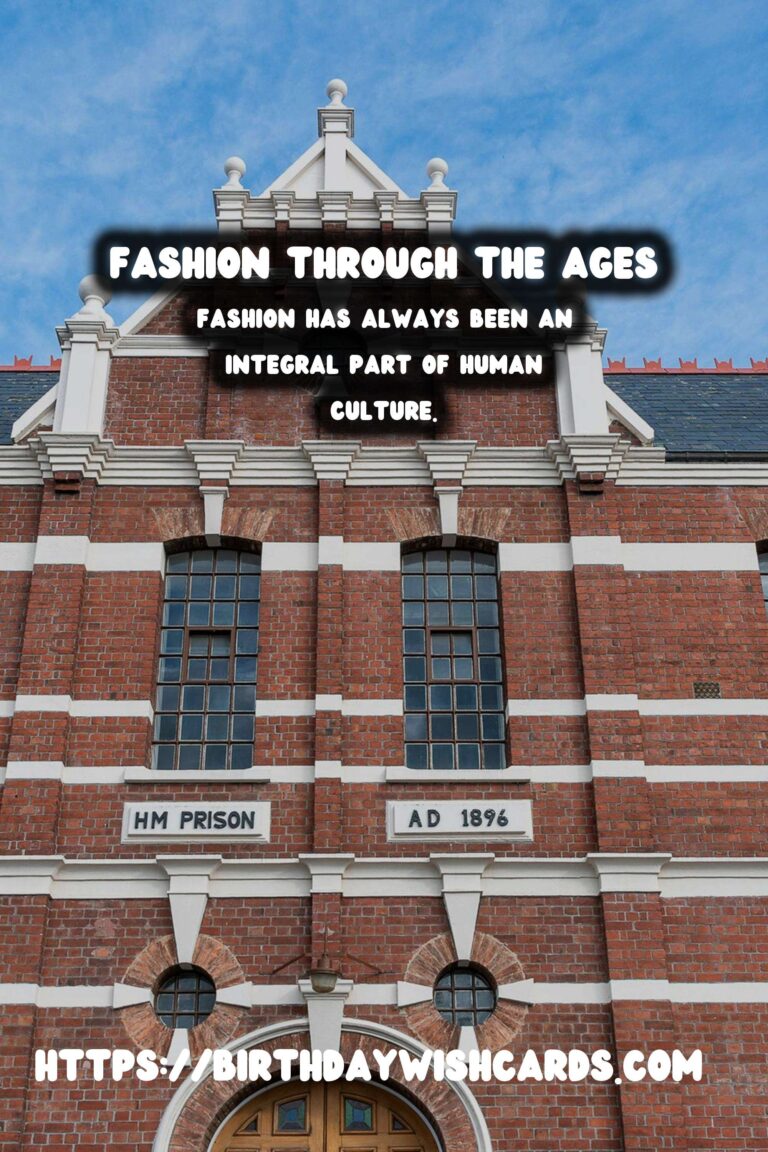

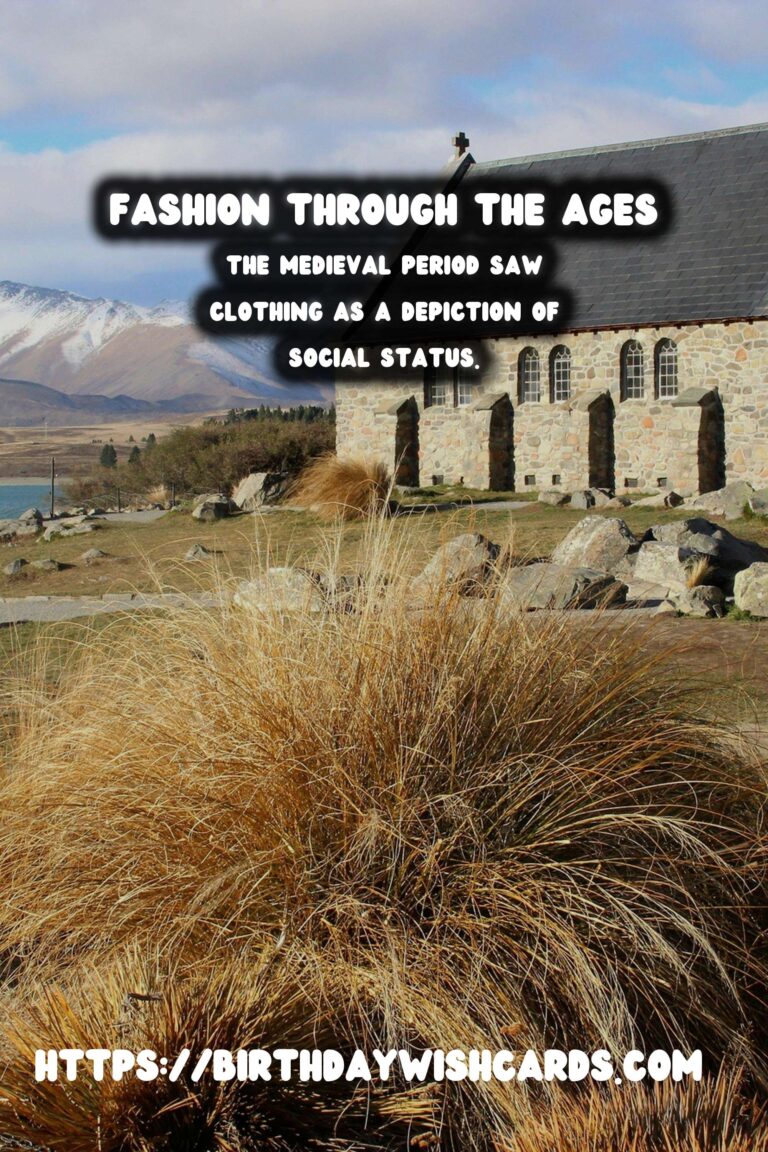


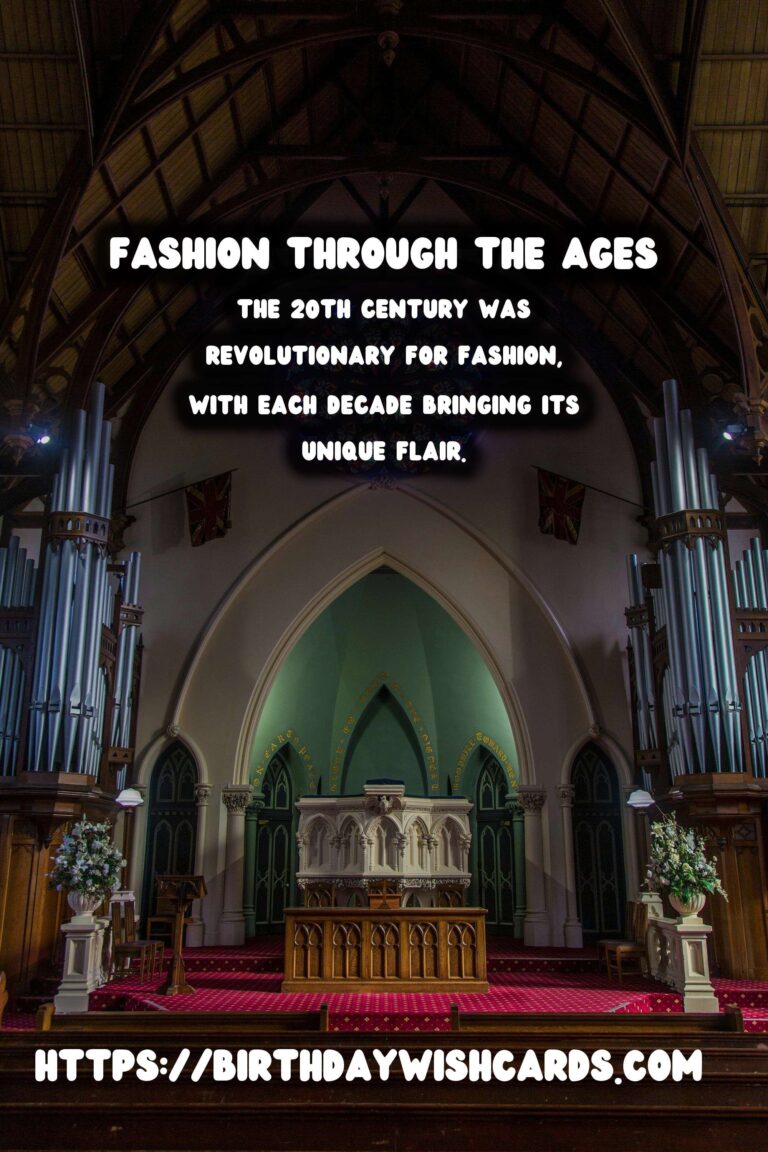
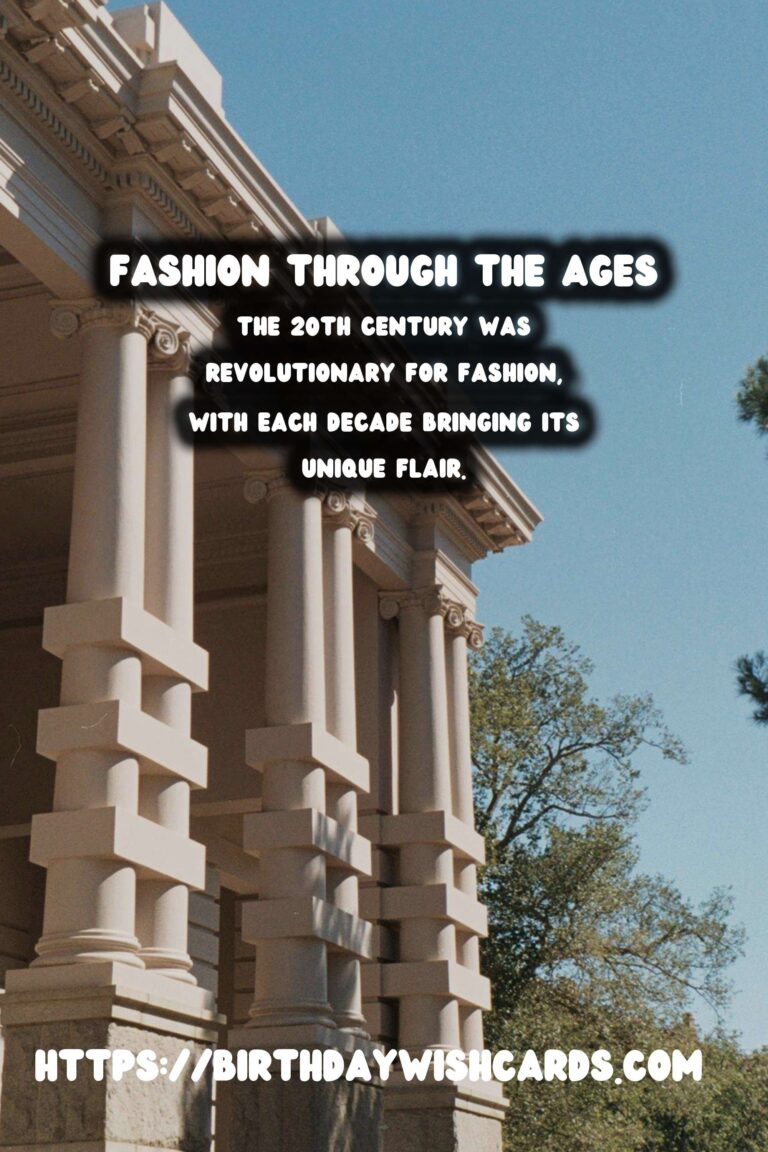
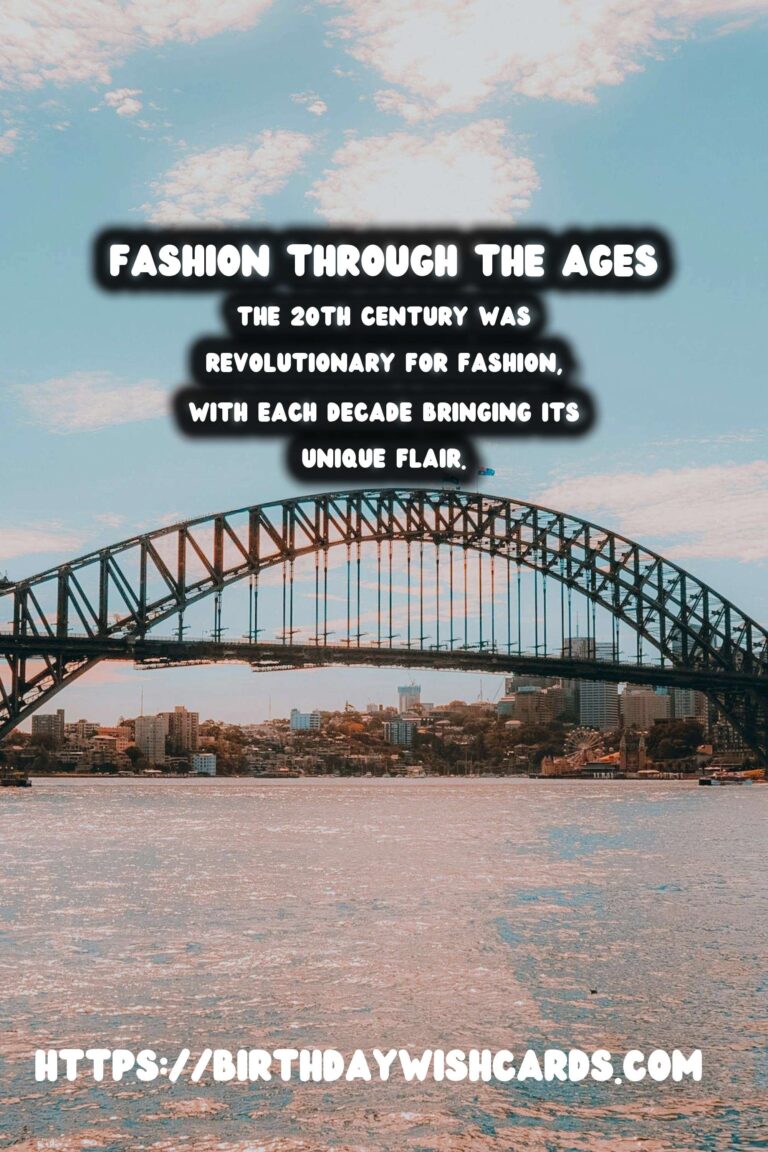
#FashionHistory #HistoricalFashion




